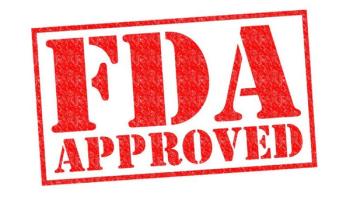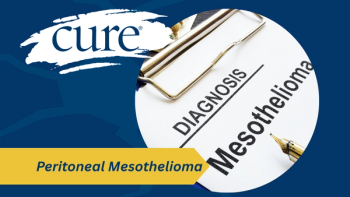
Kyprolis-Based Regimen Induces Similar Results as Autologous Stem Cell Transplantation in Newly Diagnosed Multiple Myeloma
The study’s lead author noted that a survival outcome, along with other results, was similar among the two groups.
The use of short duration Kyprolis (carfilzomib) combined with the chemotherapy cyclophosphamide and the steroid dexamethasone was associated with comparable results to upfront autologous stem cell transplantation (ASCT) in newly diagnosed, transplant-eligible (NDTE) patients with multiple myeloma, according to recent findings.
Data currently support the use of ASCT in these patients; however, those trials have employed the chemotherapy lenalidomide as maintenance therapy. The concern is that lenalidomide has been shown to mostly benefit patients with standard-risk disease. Moreover, ASCT among this patient population is associated with high minimal residual disease (small number of cancer cells in the body following treatment) rates following initial and short duration treatment strategies.
As a result, the study authors aimed to assess the effect of Kyprolis-based short term and maintenance treatments versus ASCT in this patient population.
Patients at pre-randomization received four cycles of 56 mg/m2 of Kyprolis in a bi-weekly regimen along with 500 mg of cyclophosphamide and 40 mg of dexamethasone weekly. Patients who achieved at least a partial response to therapy proceeded to peripheral blood stem cell harvests (procedure to collect some stem cells from a person’s blood) and were then randomized to receive either the chemotherapy melphalan at 200 mg/m2 plus ASCT or four cycles of the Kyprolis-based regimen. The study population then received 18 cycles of maintenance Kyprolis at 56 mg/m2 weekly.
During the 2021 American Society of Clinical Oncology (ASCO) Annual Meeting, the study’s lead author Dr. Kwee Yong, of University College London Hospitals NHS Foundation Trust, presented results that evaluated progression-free survival (time during and after treatment when the patient lives without disease progression).
The trial enrolled 281 patients (median age, 59 years), of which 47.3% were aged older than 60 years. All patients received initial treatment with the Kyprolis-based regimen and were then randomized. At the time of randomization, outcomes were similar between the ASCT (109 patients) and short-duration Kyprolis-based (109 patients) groups.
Two hundred and twenty-eight patients proceeded to stem cell collection, and 197 patients started maintenance therapy. Following initial treatment, VGPR rate was 58.5%, which increased to 77.3% after the short-duration Kyprolis-based regimen and 80% after ASCT. The minimal residual disease-negative rate after initial treatment was 24.3%, which increased to 35.8% after short-duration treatment and 53.1% after ASCT.
Among patients considered to have standard risk disease, VGPR rate after initial treatment with the Kyprolis-based regimen (207 patients) was 58.5%, which increased to 79.5% with the short-duration Kyprolis-based treatment (79 patients) and 76.8% with ASCT (85 patients). The minimal residual disease-negative rate was 25% after initial treatment, 37.1% with short-duration treatment and 48.1% with ASCT. The results, Yong noted, were relatively similar in the high-risk patient population. In those individuals, VGPR rate after initial treatment (52 patients) was 59.6%, 77.3% after short-duration treatment (22 patients) and 89.5% after ASCT (19 patients).
“This difference in MRD-negative rate looks striking,” Yong said. “But I would draw your attention to the relatively small patient numbers in these groups.”
As for survival outcomes, Yong noted that the Kyprolis-based regimen was not non-inferior to ASCT. At a median follow-up of 37.5 months, two-year progression-free survival rate in the ASCT group was 76% compared with 70% in the Kyprolis-based short duration group. Patients in the ASCT group have not yet reached a median progression-free survival, whereas the median progression-free survival in the short-duration treatment group is 3.4 years.
Following randomization, patients who were minimal residual disease-negative following stem cell collection had similar progression-free survival rates in the ASCT and short-duration groups.
Yong noted that induction with the Kyprolis-based regimen produced deep responses in patients with a 24.3% minimal residual disease-negative rate. Additionally, VGPR rates were similar between the ASCT and short duration treatment groups. However, the minimal residual disease-negative rate was higher following ASCT (53%) than the short duration treatment (35.8%).
“High-risk patients have inferior (progression-free survival) compared to standard risk patients but in neither of these genetic risk groups is there evidence that ASCT is more effective than (Kyprolis-based short-duration treatment),” she concluded. “Patients who are (minimal residual disease)-positive at randomization may derive more benefit from ASCT than from (short-duration treatment).”
For more news on cancer updates, research and education, don’t forget to





